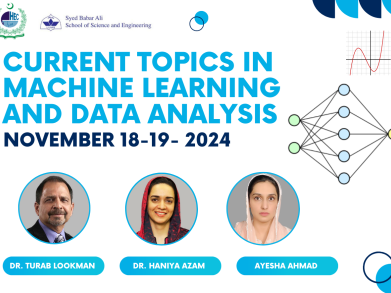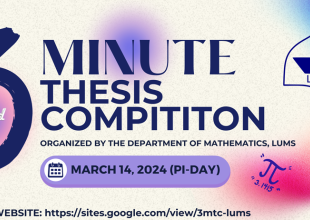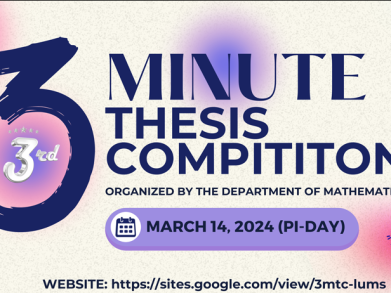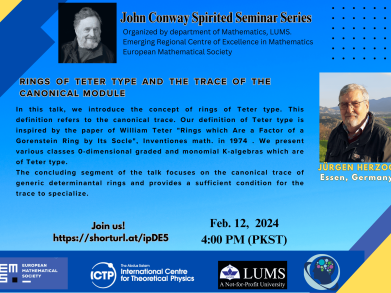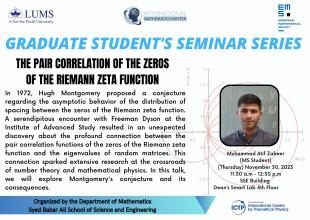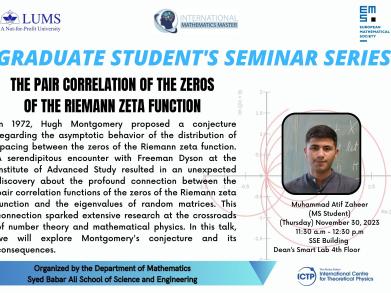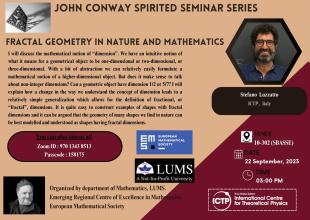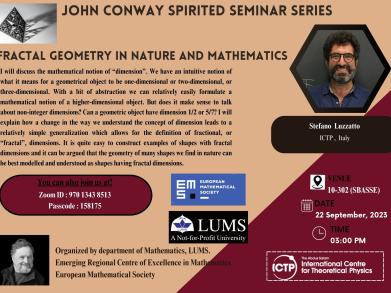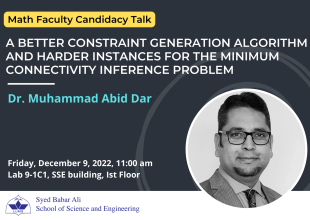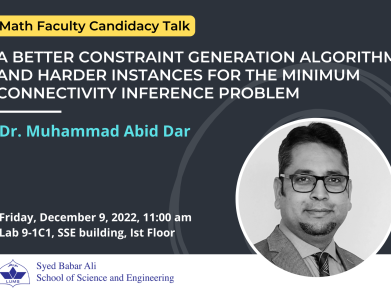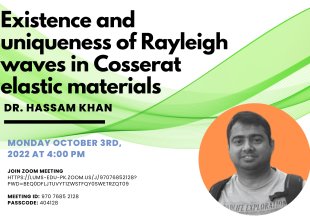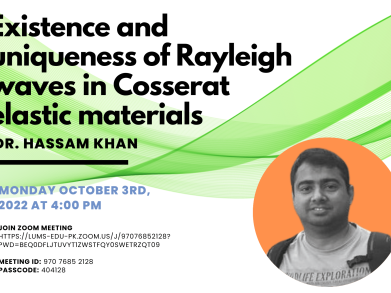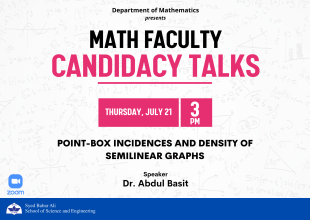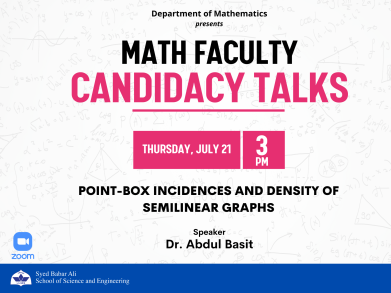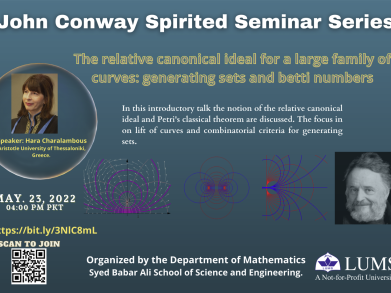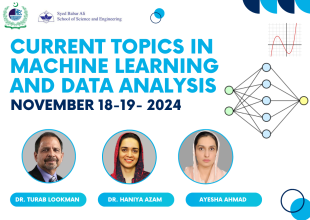
Workshop Highlights:
Workshop Dates: 18-19 November 2024
Venue: CS Smart Lab, Ground Floor SBASSE, LUMS
Seats for this workshop are limited, and participants are required to register in advance.
The registration deadline is October 31st. A confirmation email will be sent within one week after the deadline.
For registration and further information, please visit our website here.
The workshop will focus on three key streams of lectures:
- Machine Learning for Materials Design
- Topological Data Analysis
- Analysis of Time Series
Each topic will be covered by subject experts, followed by interactive exercises and tutorial sessions to provide hands-on experience and deepen understanding.

